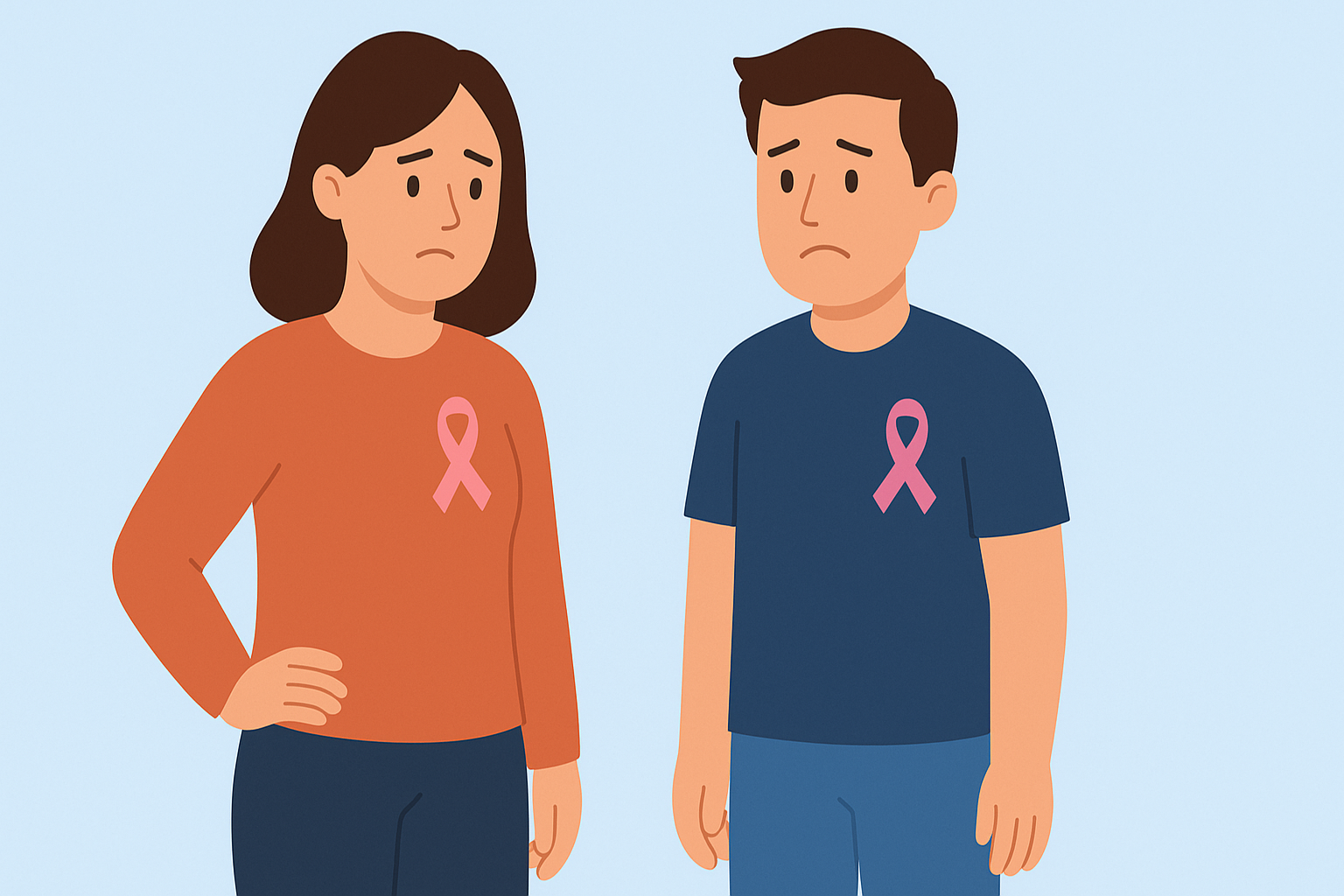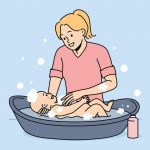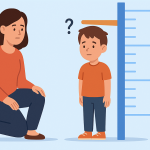Who is at risk for breast cancer?

The greatest risk factor for breast cancer is being a woman. Being a woman alone carries a risk of developing breast cancer. About 90% of breast cancers are caused by a genetic defect or issue that originates in the individual themselves.
In breast cancer, which occurs in 90% of cases due to a malfunction in the person’s own cells, the cells begin to grow uncontrollably and change shape because of this defect.
Only about 10% of all breast cancer cases are due to an inherited genetic defect passed down from the mother or father. These patients, while not always, may have certain distinctions.
People who develop breast cancer due to hereditary reasons:
- May encounter cancer at a younger age and the cancer may progress more rapidly.
- May have cancer in both breasts.
- When examined under a microscope, the types may appear different.
Since breast cancer is such a common disease, having someone in the family with breast cancer is actually very natural. It shouldn’t be surprising. This is not something to panic over or say, “Oh no, we have breast cancer in the family.”
Let’s say your grandmother had breast cancer. Yes, this can happen. But what really needs attention is this:
If multiple family members have breast cancer—especially at a young age and if it occurs bilaterally (in both breasts)—or if there is a case of male breast cancer, then this hereditary condition is considered significant by specialists. In such cases, the individual is no longer viewed simply as a woman but rather as a person—female or male—with increased risk.
Special risk groups in breast cancer
Women and men are considered a special risk group for breast cancer if:
- There are multiple cases of breast cancer among first- and second-degree relatives.
- Breast cancer occurred at an early age.
- The cancer is bilateral (present in both breasts).
- There is a case of male breast cancer.
These individuals are considered to be at higher risk for breast cancer, and it is necessary to investigate whether there is a genetic defect or cell mutation. People and families in special risk groups for breast cancer are monitored earlier, more frequently, more closely, and using different techniques.
By looking at algorithms, we can determine whether a woman or man is at high risk, and investigate whether they carry a mutation in their genetic structure that could lead to breast cancer. If such a mutation is found, or if there is a very strong family history, there are several methods available to reduce the risk of breast cancer.
Preventive treatments for individuals at high risk for breast cancer
- In high-risk individuals, especially through certain hormonal manipulations, the development of hormone-sensitive breast cancer can be prevented or its likelihood reduced.
- Apart from drug treatments, preventive care can involve completely removing breast tissue to reduce the risk of cancer. For example, the “Angelina Jolie effect” helped raise awareness on this issue among larger audiences worldwide.
What is the Angelina Jolie Effect?
There was a strong history of breast cancer in Angelina Jolie’s family. Genetic analyses revealed a known BRCA mutation. BRCA mutations are linked to breast cancer. Tests showed that she had a 50% chance of developing breast cancer by the age of 50–55. Medical science is now advanced enough to present such risk probabilities. For Angelina Jolie or anyone else, a 50% chance of developing cancer is considered a very high risk.
The method used here is to completely remove the breast tissue while preserving the skin of the breast and then performing reconstruction using implants or the person’s own tissue. This way, the breast tissue is eliminated without leaving the person breastless.
We also frequently use this method for people who are at high risk of developing breast cancer.


